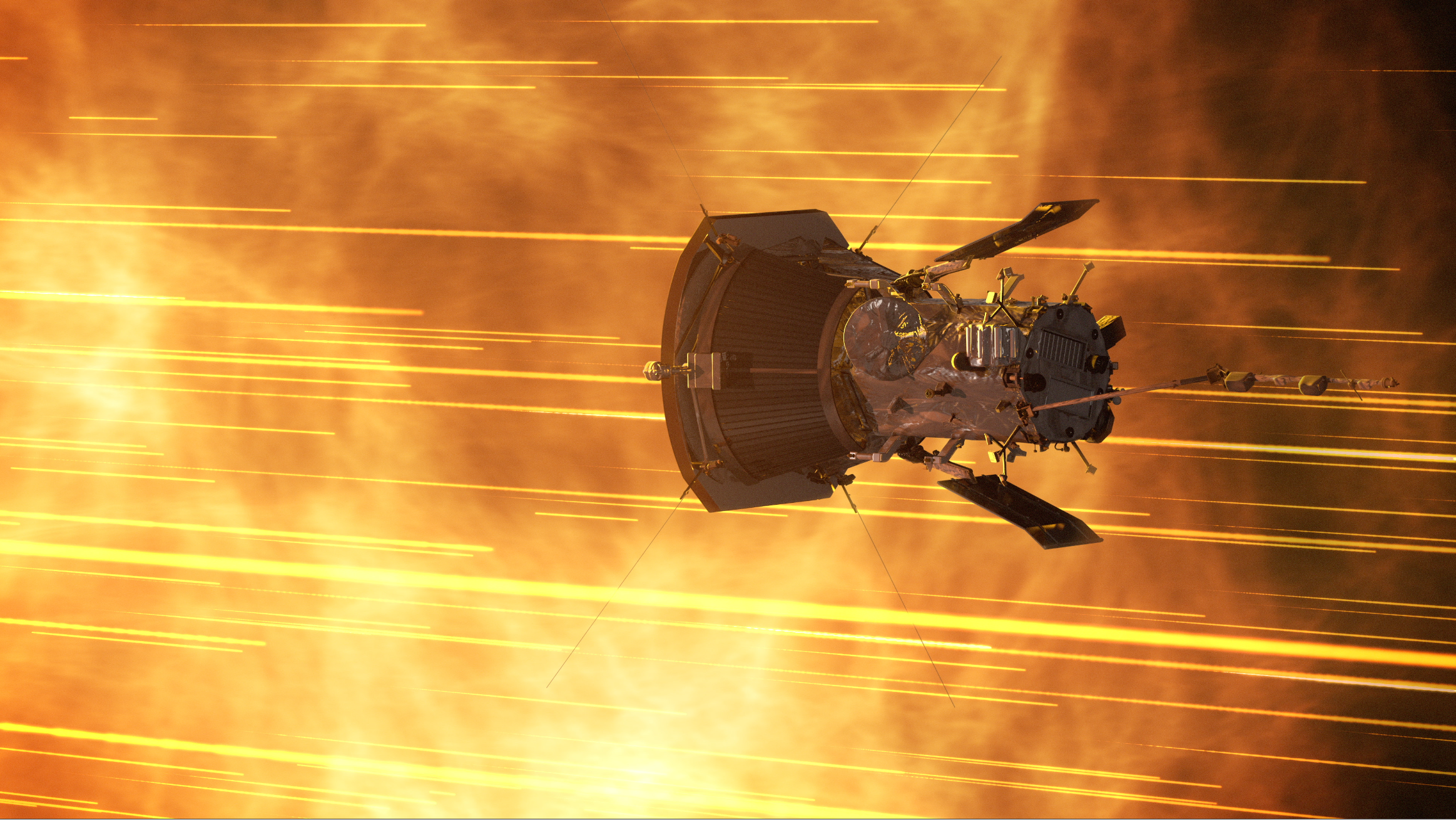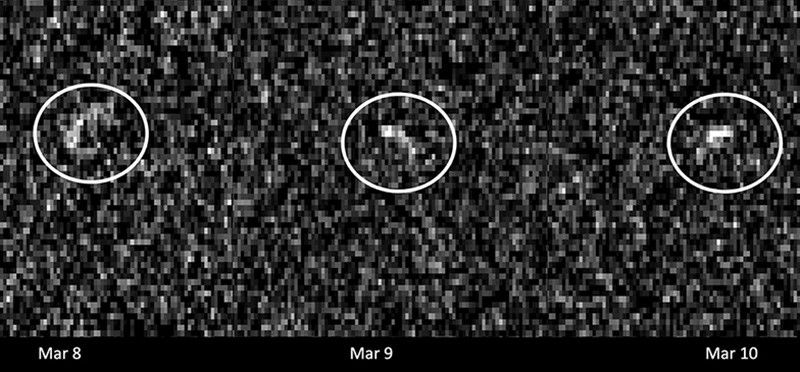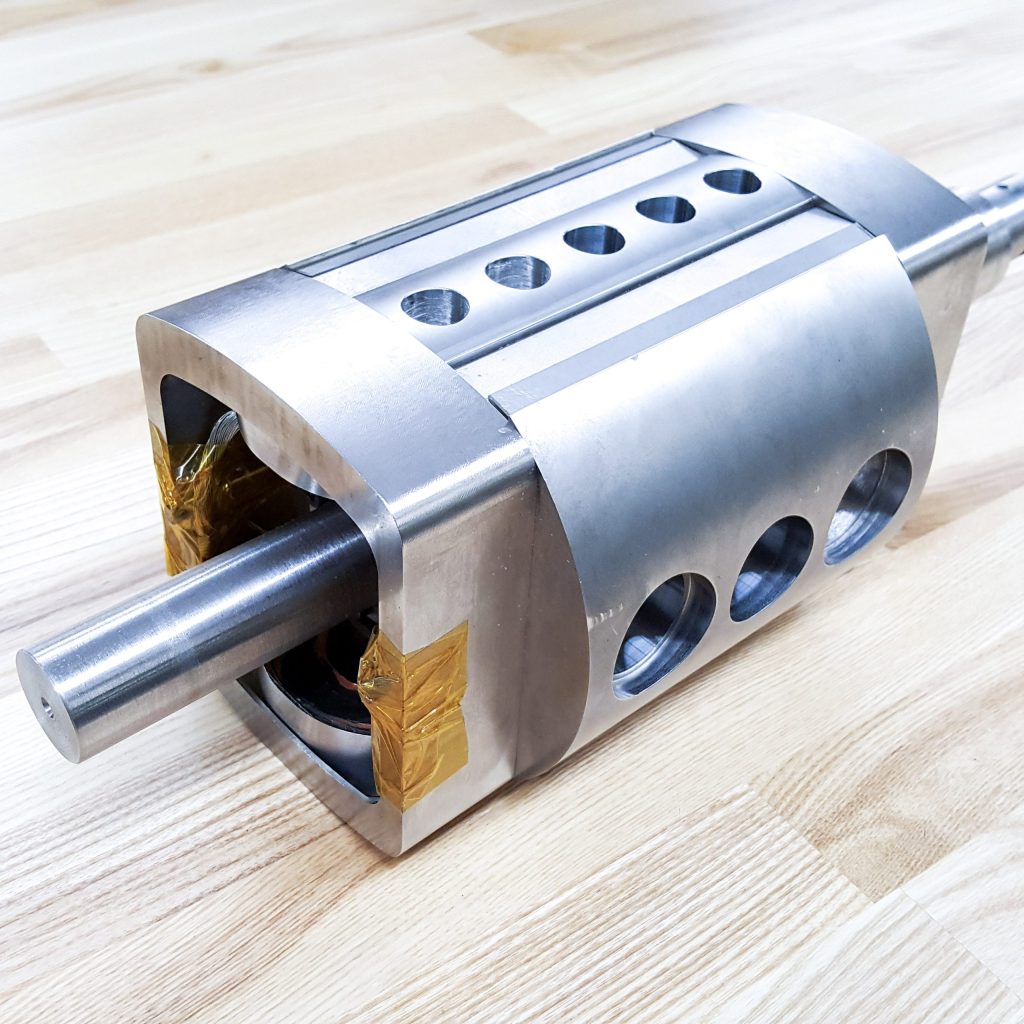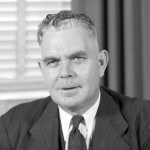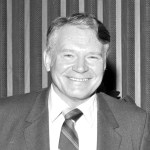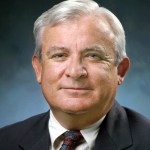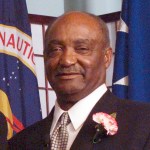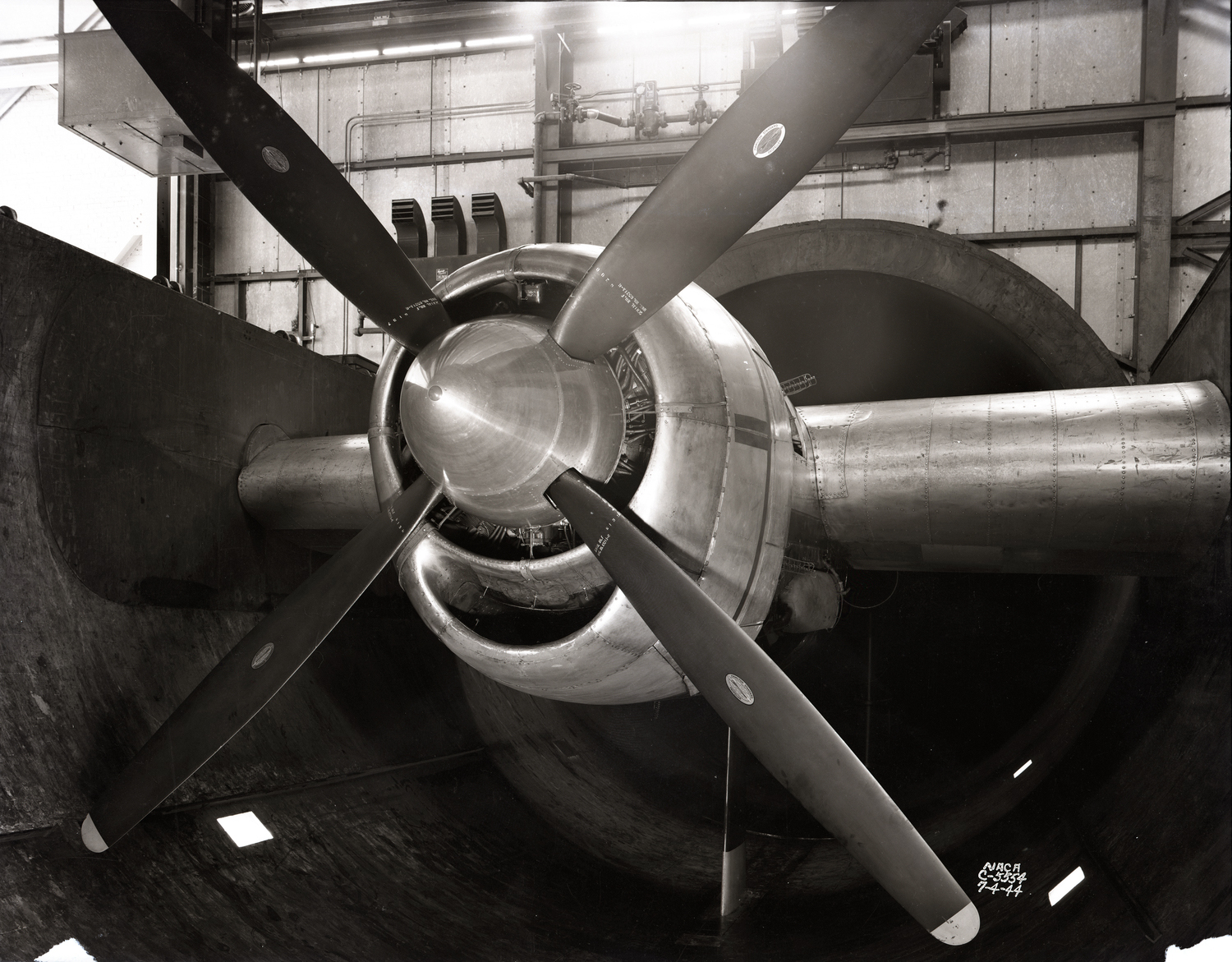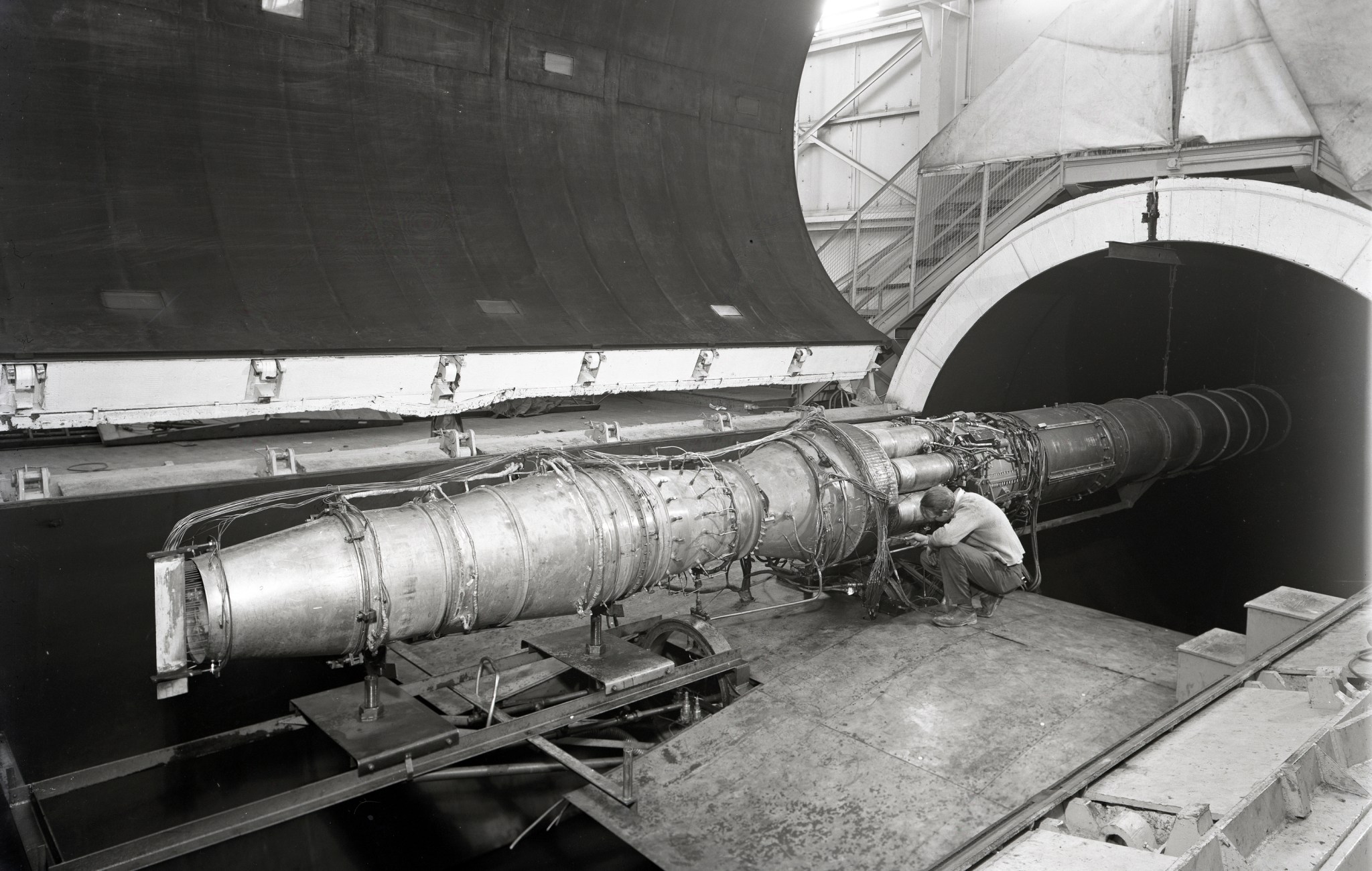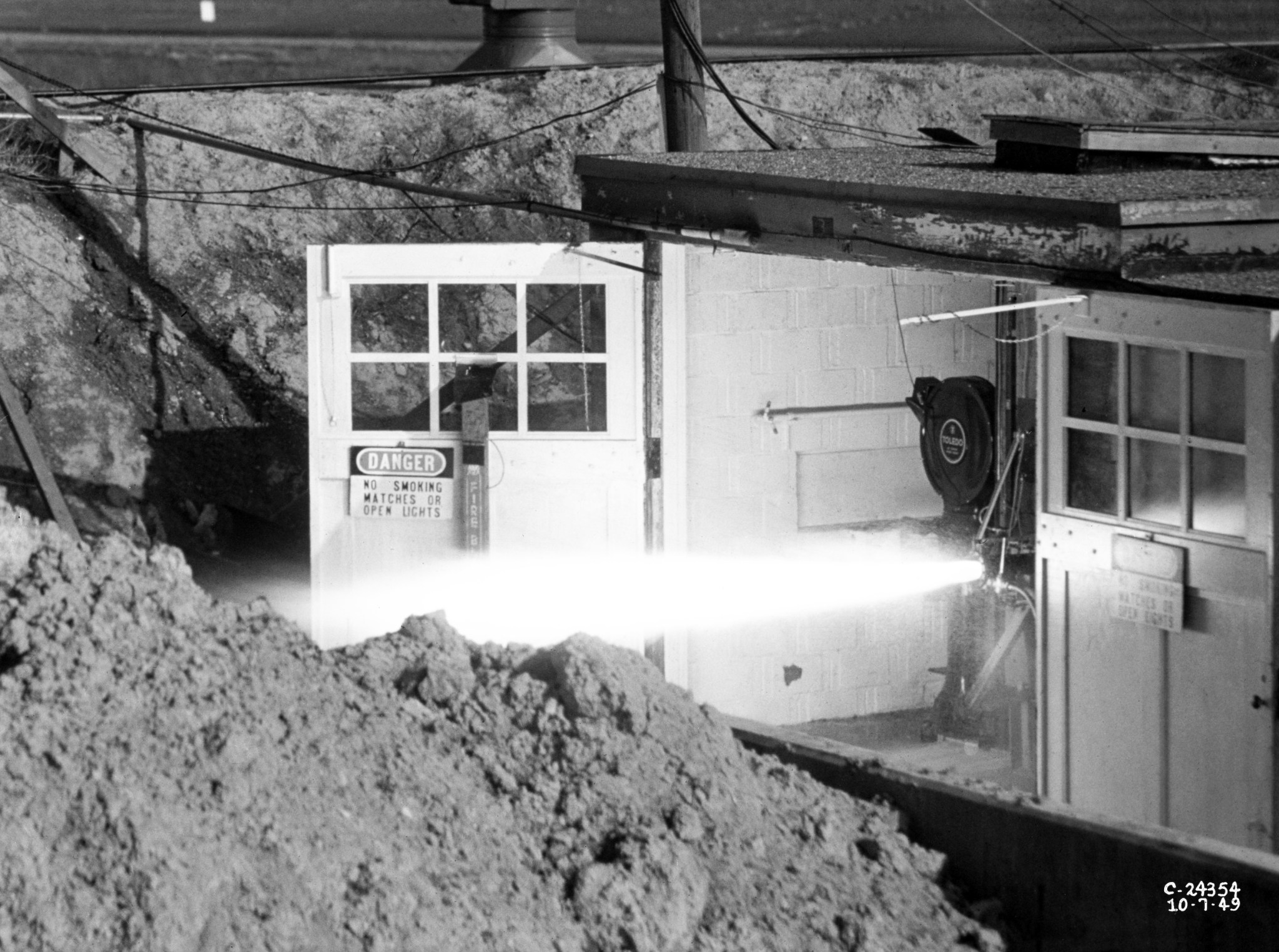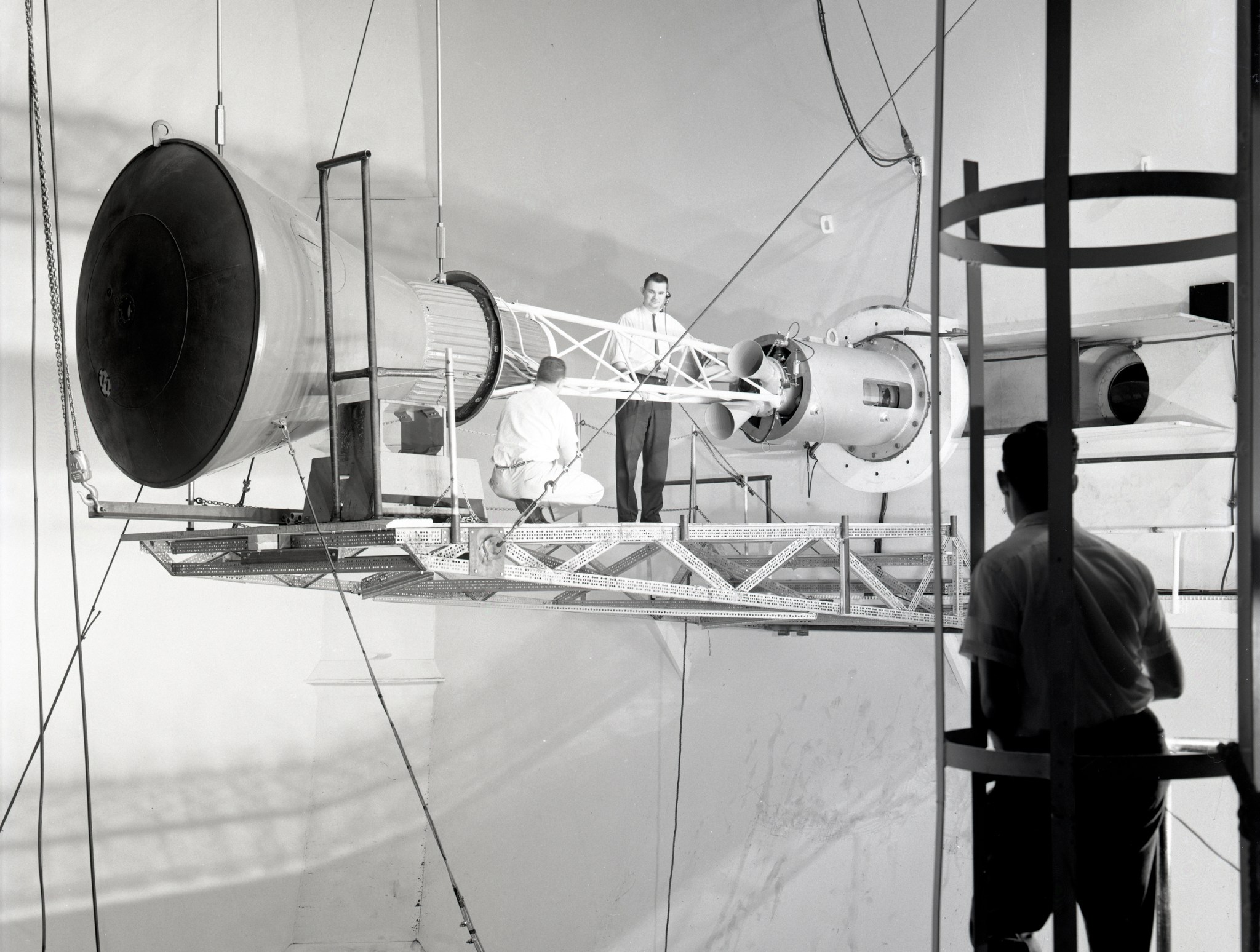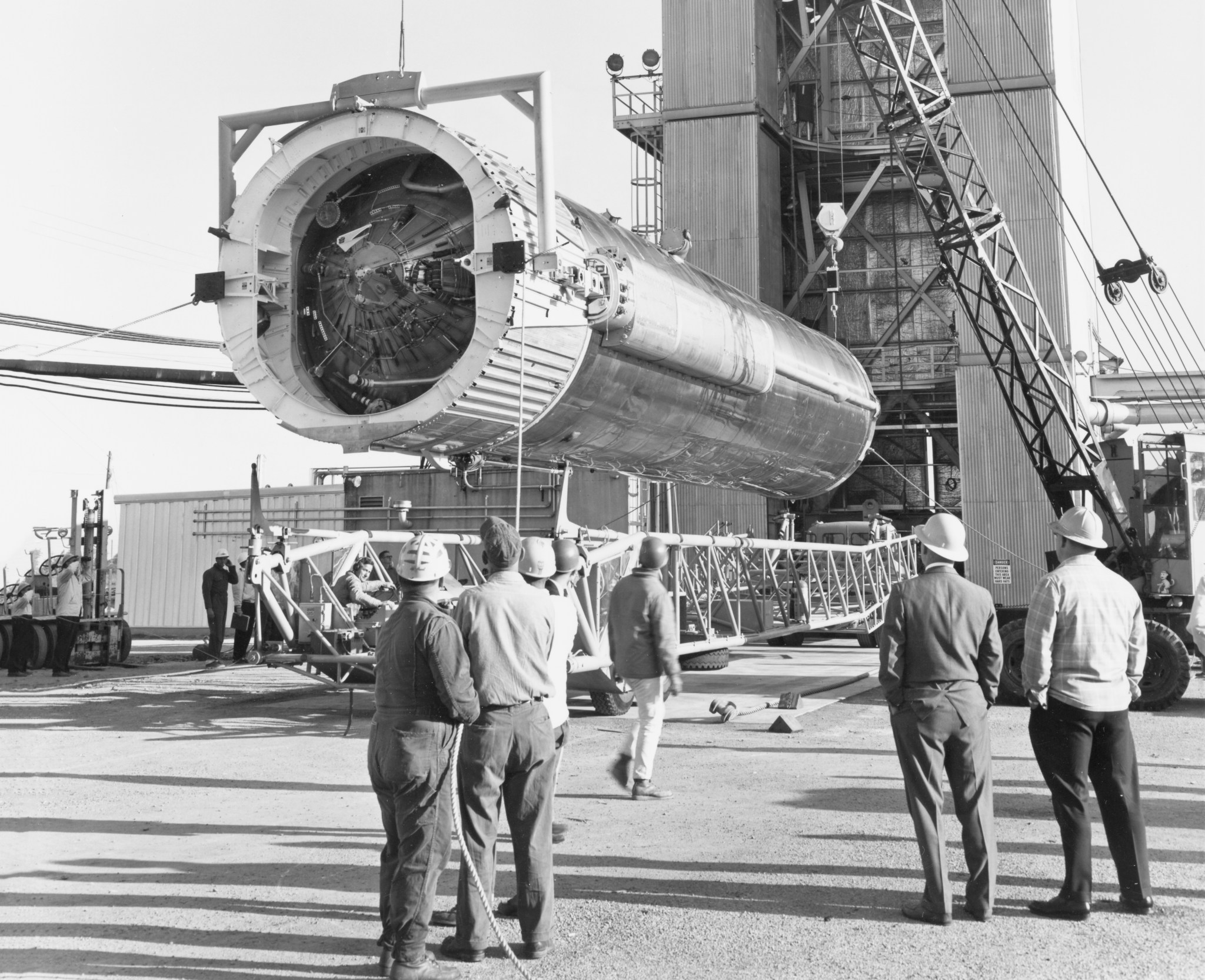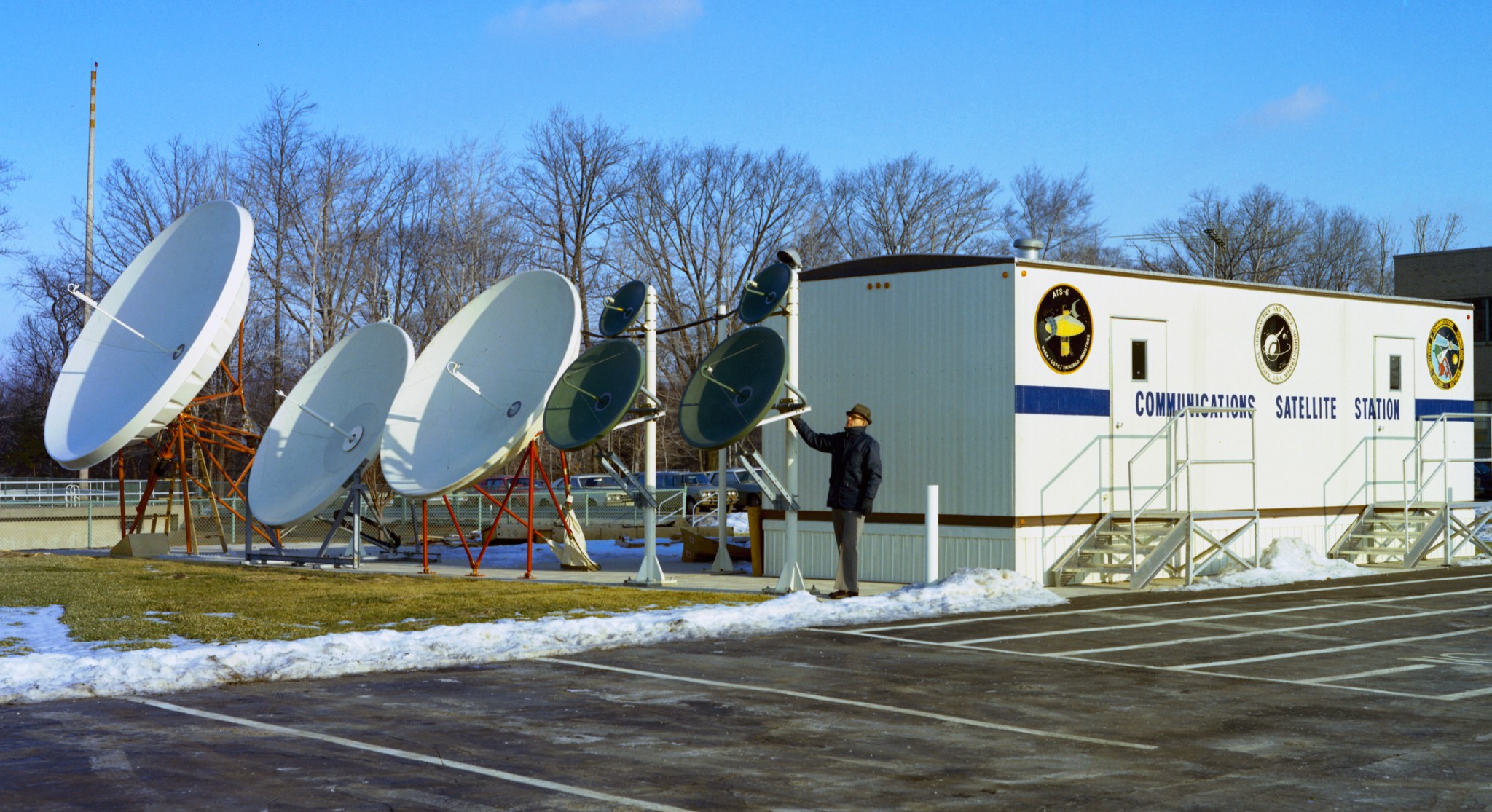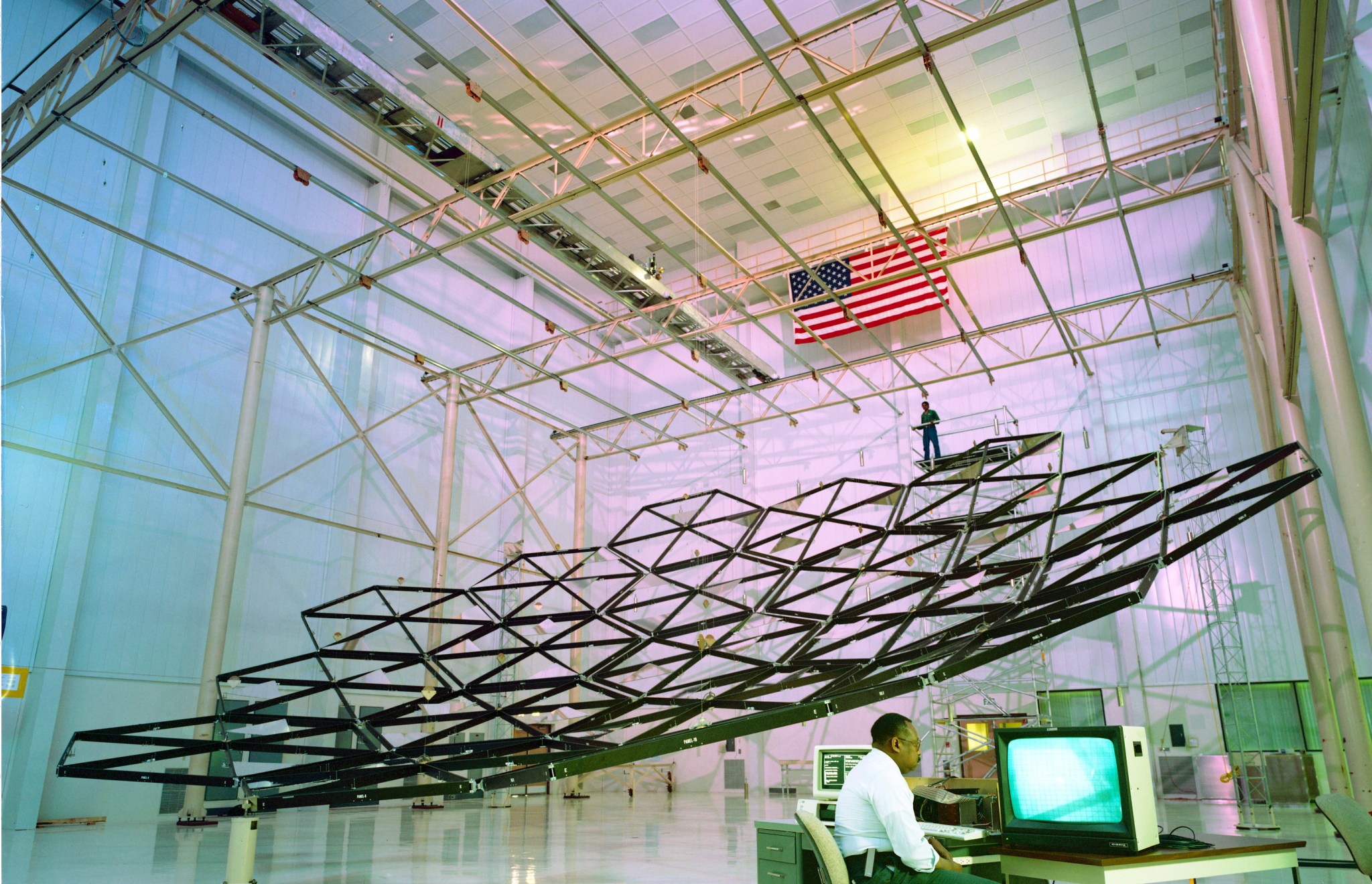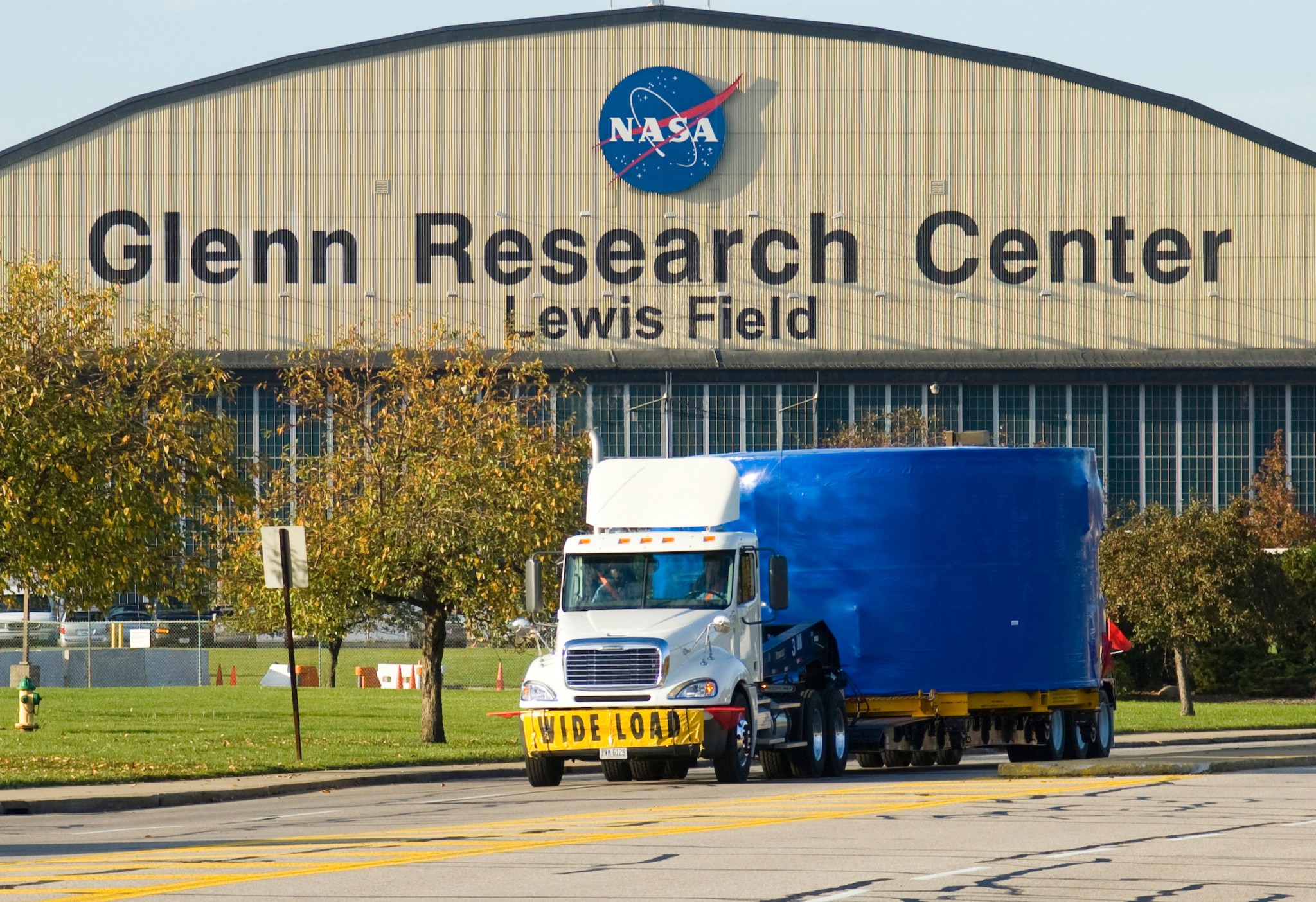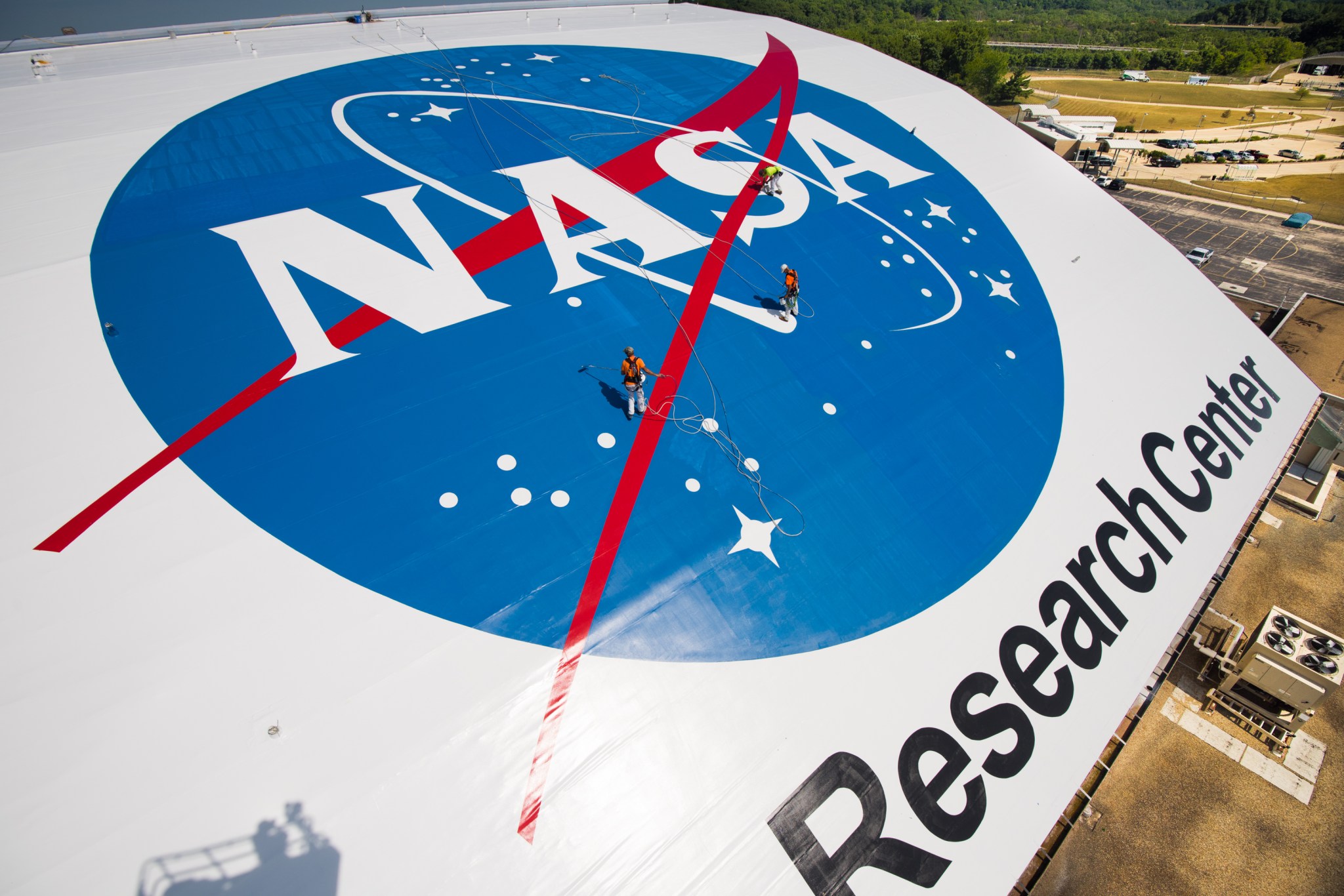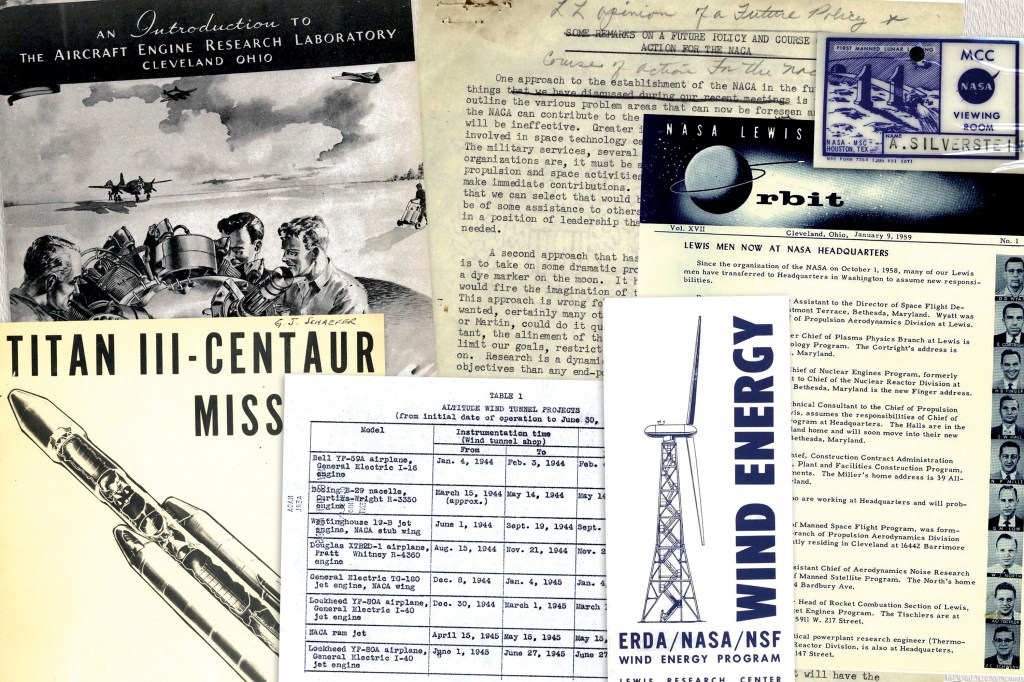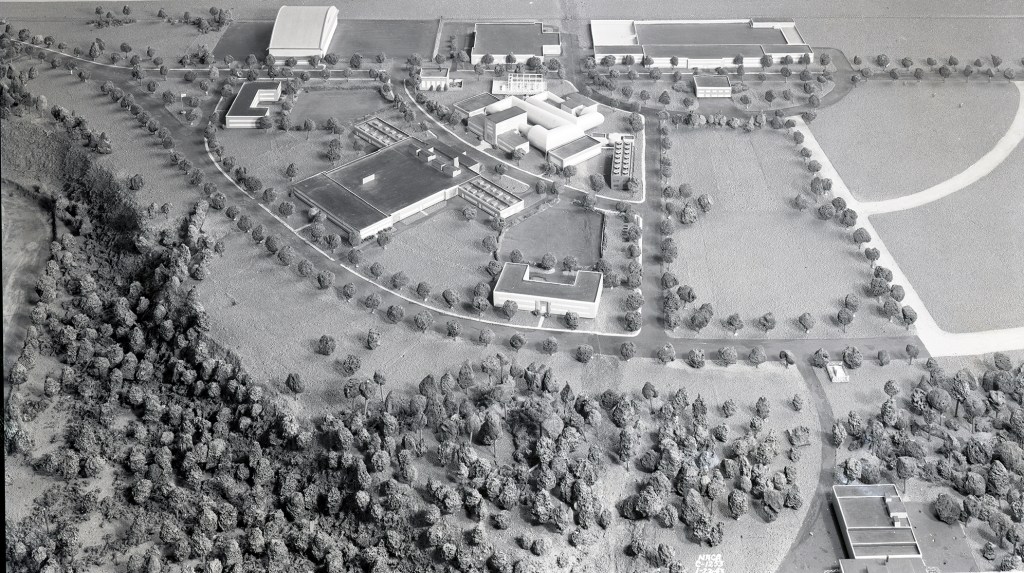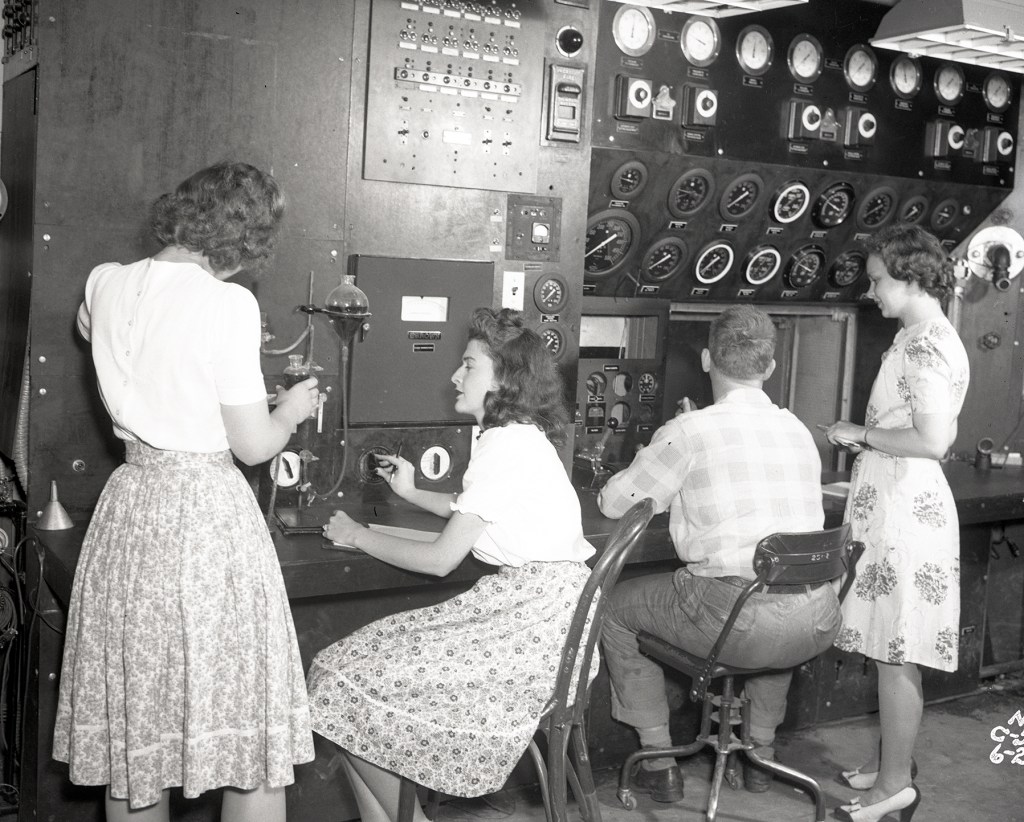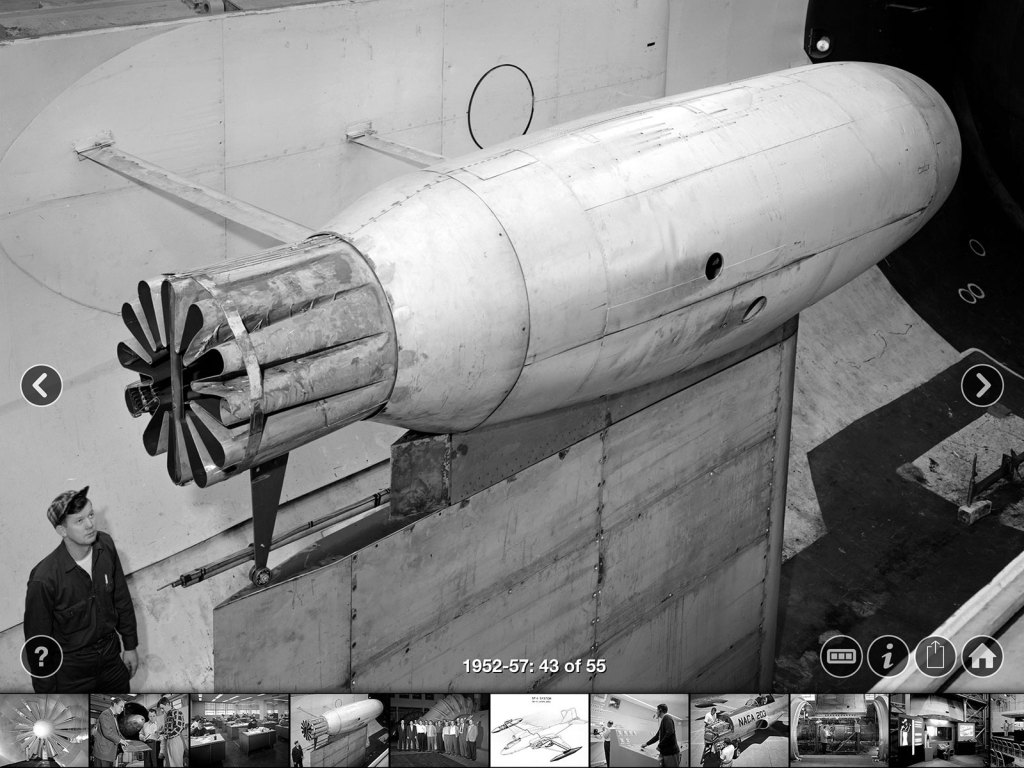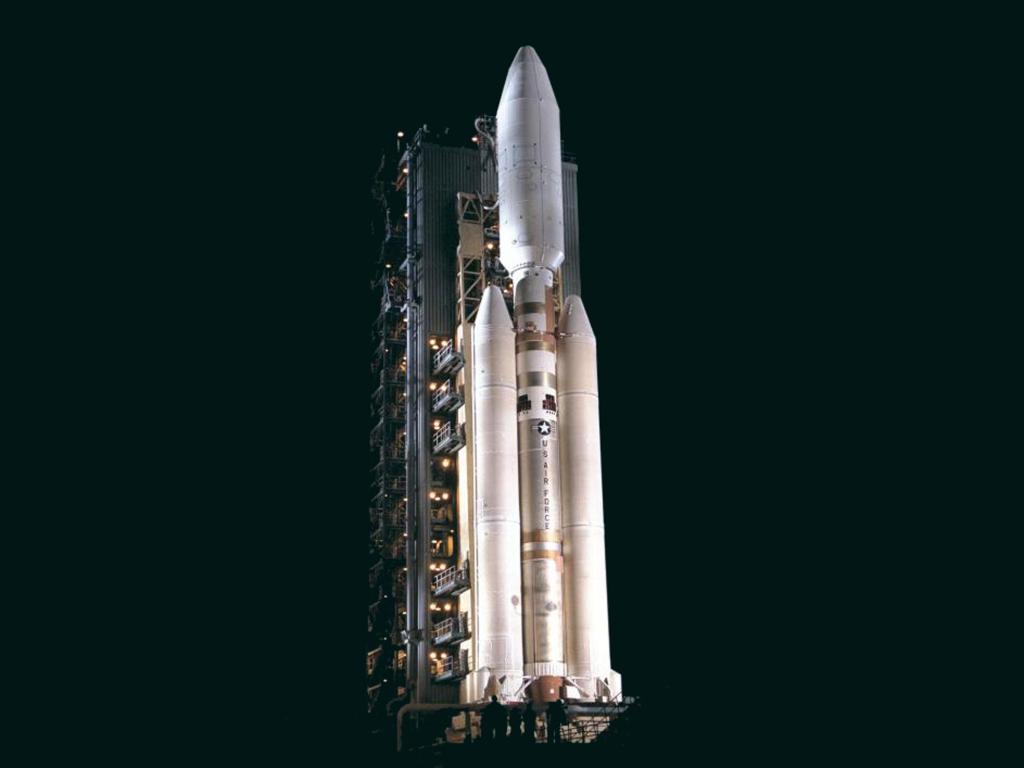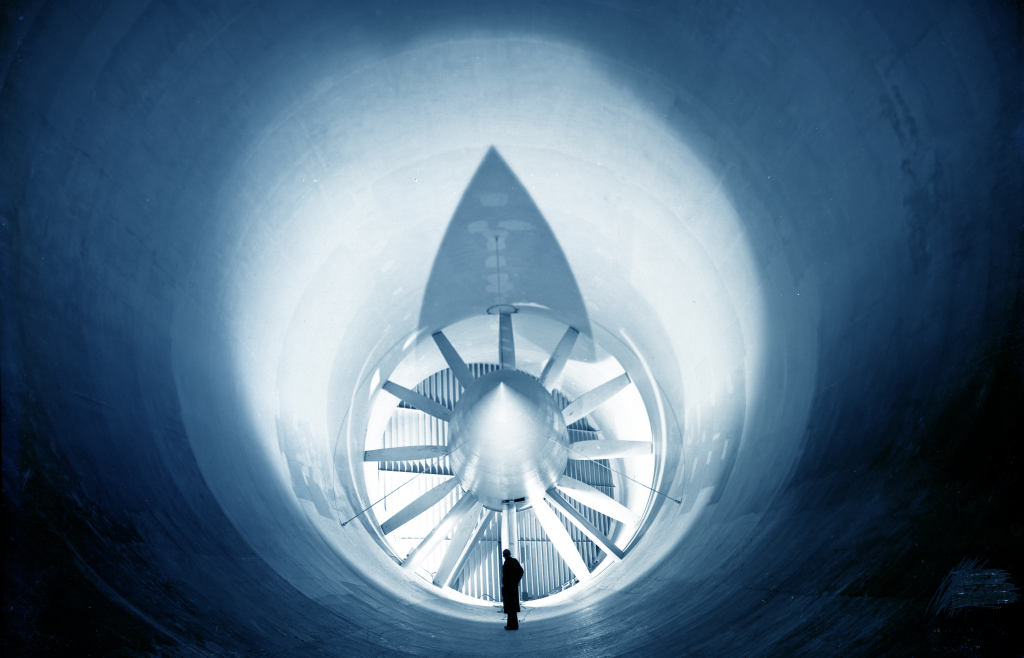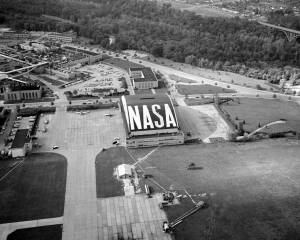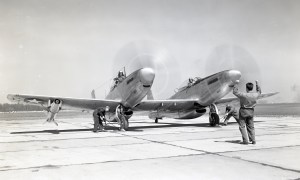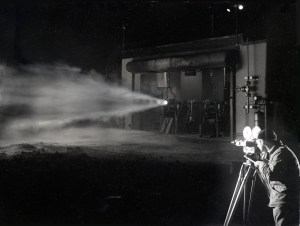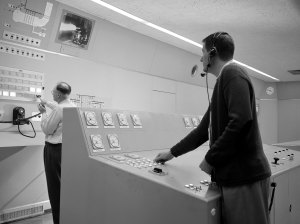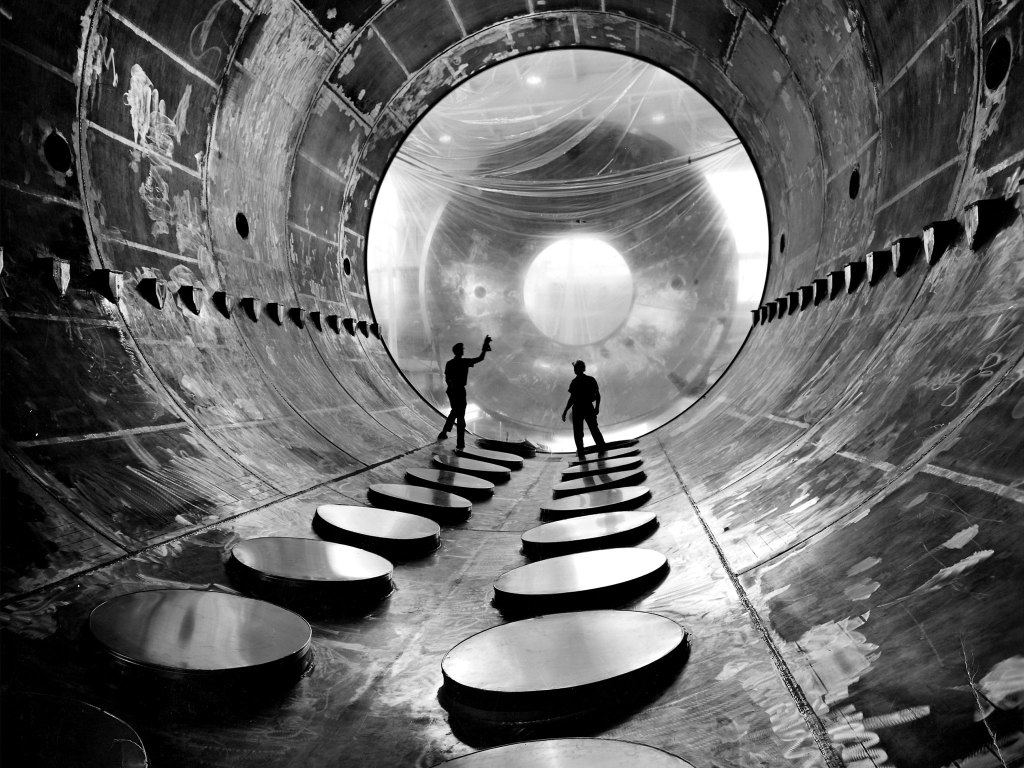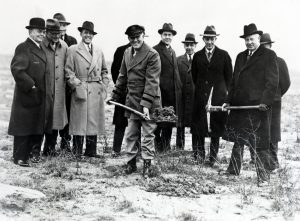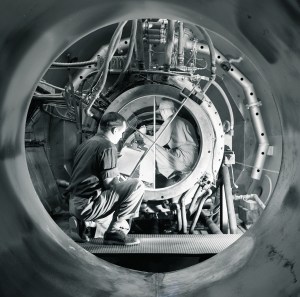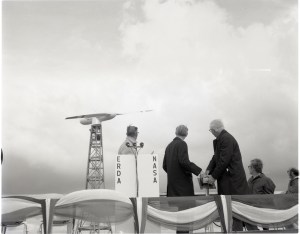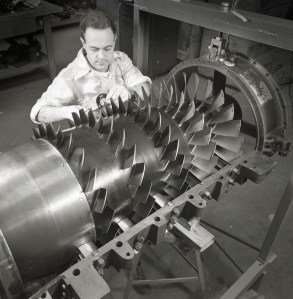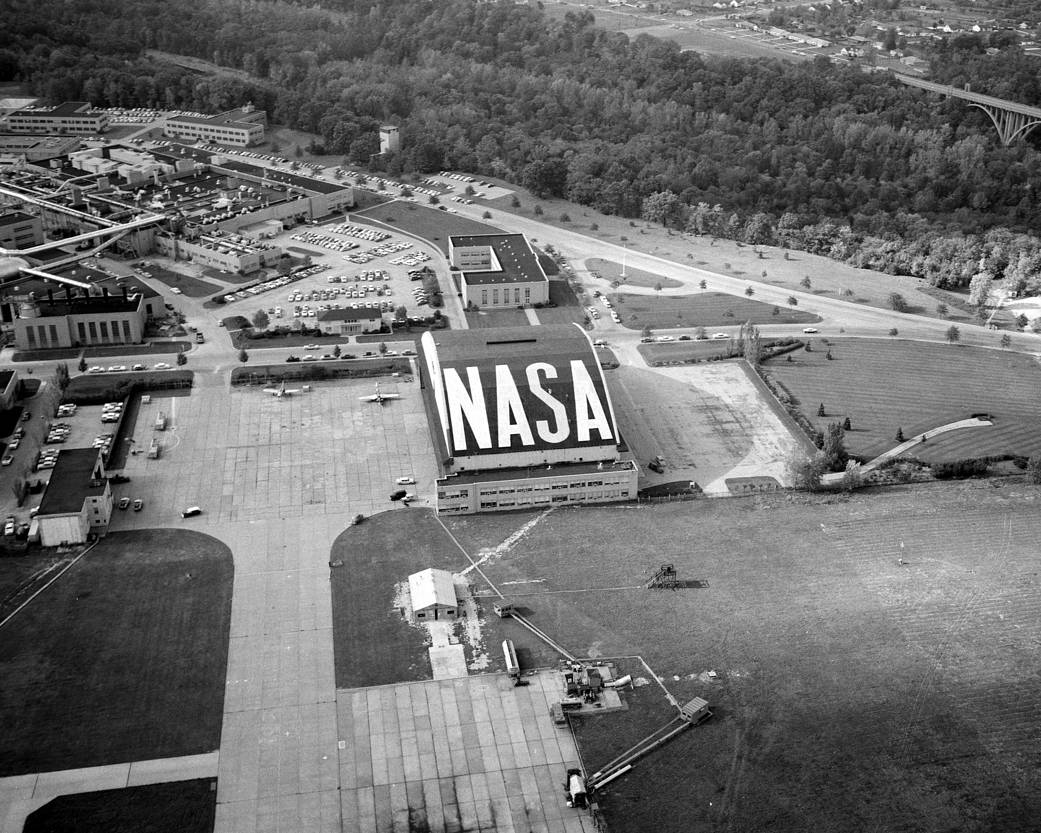
Glenn History
NASA’s Glenn Research Center in Cleveland, Ohio, has been making the future for over 80 years. The center’s accomplished staff, strong leadership, and unique test facilities have yielded a steady stream of technological advancements with a broad spectrum of applications.
Glenn Center Directors
Center History
A brief historical overview of the over 80 years activities at NASA’s Glenn Research Center.
The Glenn Research Center was established by the National Advisory Committee for Aeronautics (NACA) in 1941 to study all aspects of aircraft propulsion. From the very beginning, however, the center has continued to expand both its range of research and its testing capabilities. It was incorporated into NASA in October 1958. Glenn’s current expertise in areas such as propulsion, energy conversion, communications, and materials has its roots in the center’s accomplishments in the 1940s, 1950s, and 1960s.
The center, which has undergone several name changes, includes both the main campus in Cleveland, referred to as Lewis Field, and a remote test site in Sandusky, Ohio which has recently been renamed as the Armstrong Test Facility (formerly Plum Brook Station). Glenn is NASA’s third oldest center and only facility located in the Midwest.
The Early Years
Congress established the NACA in 1915 as an advisory committee to coordinate U.S. aviation research activities. In 1920, the committee began constructing the Langley Memorial Aeronautical Laboratory in Virginia to conduct its own research. Langley made a number of aircraft advancements, but by the late 1930s it became apparent that the NACA would have to expand its operations in order to keep up with aviation progress in Europe. In 1939, the NACA established the Ames Aeronautic Laboratory in Sunnyvale, California and began planning for a new aircraft engine laboratory that today is NASA’s Glenn Research Center.
The NACA examined 72 potential locations for its Aircraft Engine Research Laboratory (AERL) before selecting 200 acres adjacent to the Cleveland Municipal Airport in November 1940. The AERL’s focus on propulsion was unique within the NACA. Construction of the AERL began in January in 1941. By the time the first test was run in May 1942, the nation was involved in World War II.
During the war, the laboratory was charged with the improvement of the powerful piston engines that powered US military aircraft. The laboratory conducted complementary component, full-scale engine, and flight testing of modifications to piston engines that led to improved engine cooling and supercharger performance. Researchers also made advances improving thrust, developing synthetic fuels, and understanding aircraft icing.
Importantly, the AERL also tested some of the nation’s first turbojet and ramjet engines in the Altitude Wind Tunnel in the final years of the war.
Celebrating Our NACA Heritage
On the 110th anniversary of the founding of the NACA, NASA Glenn—the NACA’s third location—celebrates our unique role in advancing aircraft propulsion, air safety, and developing new technologies. With 80+ years of experience, we continue to push the frontiers of aviation and space.
Learn MoreThe NACA Era
With the end of World War II in 1945, the laboratory quickly focused its resources to address issues involving jet propulsion and high-speed flight. Construction began on a series of supersonic wind tunnels and new test chambers capable of handling these more powerful engines. The laboratory spent the next decade immersed in the jet engine, particularly those with axial-flow compressors. Researchers studied compressor and turbine design, thrust augmentation, high-temperature materials, and combustion at high altitudes. The laboratory tested nearly all existing US turbojet models in the 1940s and 1950s. Engine thrust limits increased dramatically over a short period, and by the late 1950s the first US jet airliners were in service.
In the post-War years, the laboratory also worked to resolve aviation safety issues involving icing and crash fires. Using both its Icing Research Tunnel and specially-equipped icing aircraft, researchers conducted intensive studies on the effects of ice buildup, deicing systems, and the atmospheric conditions that caused icing. The lab also conducted an extensive Crash Fire program using dozens of surplus military aircraft to study the causes and develop solutions of fires occurring during low-altitude crashes.
The fuels research shifted from improving aviation fuels to a systematic evaluation of non-traditional, high-energy propellants that yielded the highest specific impulse without damaging aircraft or rocket engines. This effort eventually led to NASA’s selection of the liquid hydrogen/liquid oxygen combination for all of its upper-stage vehicles in the 1960s.
The laboratory was also interested in the application of atomic energy for aircraft propulsion. Since they did not have access to secret nuclear materials, the NACA researchers concentrated their efforts on examining the effects of radiation on different materials that could be used to construct nuclear aircraft. In 1955, the NACA leased 500 acres at the shuttered Plum Brook Ordnance Works in Sandusky, Ohio to construct a large test reactor. In 1963, the center formally acquired all 6,400 acres at the site to build an array of test facilities at Plum Brook Station (today, NASA’s Neil Armstrong Test Facility).
The Space Program
The launch of Sputnik in October 1957 brought the Space Age to both the nation and the NACA. The NACA’s Cleveland laboratory, which had already been analyzing possible missions, played a critical role in the creation of the new space agency. On October 1, 1958, the laboratory became part of NASA and was renamed the Lewis Research Center. The center’s new role necessitated the transfer of nearly all of its resources to space-related undertakings and rapid increases in its personnel and test facilities. A number of aeronautics facilities were modified to accommodate space testing. This included to acquisition of the West Area and additional land at Plum Brook Station.
In 1959 and 1960, the center supported the Mercury Program by assembling the Big Joe capsule, testing retrorockets and control systems, and training the initial astronaut crew in the MASTIF, or Gimbal Rig, how to reign in an out-of-control spacecraft. The center’s large supersonic wind tunnels were used to conduct base heating tests of Saturn launch vehicles, while entering new fields such as electric propulsion and space power systems.
The center spent a great deal of time in the 1960s resolving issues involving the cryogenic liquid hydrogen. The center’s high-energy propellant testing in the 1950s led to NASA’s decision to use liquid hydrogen in the Centaur, Saturn, and nuclear rocket upper stages, but there were a host of issues that had to be addressed. Lewis researchers performed an array of hydrogen research in the 1960s, that included its combustion, heat transfer, storage, pumping, and behavior in low gravity.
Lewis was NASA’s lead center for nuclear propulsion and power work in the 1960s. The Atomic Energy Commission led the development of the reactors for these systems, and Lewis pursued the hydrogen-powered engines that would utilize the reactor’s heat. Many of the issues were similar to those in conventional chemical engines. In addition, Lewis researchers used the Plum Brook Reactor Facility used to study the durability of various irradiated materials.
The center’s expertise with liquid hydrogen led to its being assigned responsibility for the Centaur rocket program in 1962. The center put the unproven vehicle through several years of intensive testing and proof flights. Under Lewis’ management, Atlas-Centaur vehicles sent six Surveyor spacecraft to the lunar surface from 1966 to 1968 to explore landing sites for Apollo.
Earth Resources
With its contributions to space program nearly complete, the center pivoted once again in the late 1960s with a return to aeronautics. This included research supporting the nation’s proposed supersonic transport aircraft and the beginning of a long series of efforts to create energy efficient engines, clean combustors, and noise reduction technologies.
The steady reduction of NASA’s budget in the early 1970s in conjunction with a mandate to develop the space shuttle. As a result, long-range programs, including the nuclear rocket, were cancelled. Lewis was ordered to close down Plum Brook Station in 1973 and reduce hundreds of staff positions. The center, which did not have a primary role in the shuttle, embarked on new efforts to apply its aerospace expertise to problems on earth. The center partnered with other federal agencies and organizations to develop novel solar and wind energy systems, remote sensing equipment, and new satellite communication technologies.
Meanwhile, Lewis continued to manage Centaur which was regularly launching both satellites and interplanetary spacecraft. In the early 1970s, NASA paired the Centaur with a Titan IV booster to launch a series of high-profile missions, including the Viking mission to Mars and the twin Voyager spacecraft to explore the outer planets.
Return to the Mainstream
In the early 1980s, the center returned to NASA’s mainstream by proactively gaining responsibility for several high-profile agency programs including the space station power system, the Advanced Communications Technology Satellite, the Advanced Turboprop Program, and a proposed integration of the Centaur stage into the space shuttle. These new endeavors improved employee morale and led to the first significant hiring in years. The center also resurrected its icing research program and became a primary contributor to the shuttle’s experimental microgravity program. The new activity, both at the center and by the agency, led to the restoration of several of the world-class facilities at Plum Brook Station
Lewis’ resurgence continued into the 1990s with an entire directorate working on the space station power system, an expansion of the microgravity and icing programs, and the development of advanced technologies for the National Aerospace Plane and Space Exploration Initiative.
The federal government’s introduction of a dramatic austerity program in the mid-1990s, however, led to significant reductions and restructuring across the agency. The center lost several major programs, including the space station power system and launch vehicles. Nonetheless, Lewis continued to make significant contributions in icing, electric propulsion, aeropropulsion, as well as supporting agency missions like Mars Pathfinder and Deep Space 1.
In the fall of 1998, Ohio politicians passed legislation to rename the center after John Glenn, who had recently returned to space aboard the shuttle. In March 1999 the center was officially renamed the NASA John H. Glenn Research Center.
Recent Years
The loss of the space shuttle Columbia in early 2003 spurred a transformation of NASA’s exploration program that had significant effects on the center. Glenn was active in both the accident investigation and the subsequent Return to Flight effort. NASA’s introduction of the Constellation Program in 2004 led to a major reorganization and cuts to aeronautics and science programs. In 2006, however, Glenn secured responsibility for several high-profile elements of Constellation, including the Orion Service Module and the assembly of the Ares I-X mass model.
Most of the Glenn assignments were transferred or cancelled when Constellation was terminated in 2010. The center reorganized to balance its assets along a set of core competencies to better withstand future agency shifts and future federal budget cuts.
In the mid-2000s, Glenn began developing a long-range master plan for its campus and facilities. This included the demolition of a number of historic, but under-utilized facilities, the construction of new modern office buildings, and significant improvements to infrastructure. In addition, the Space Power Facility at Plum Brook Station was transformed into the Space Environments Complex.
Glenn continues to contribute to the International Space Station by monitoring the power system, participating in the Human Research Program, and designing experimental hardware such as the Fluids and Combustion Integration Rack and the Space Communications and Navigation (SCaN) system.
Glenn has contributed to the Artemis Program, NASA’s latest plan to return to Moon, by subjecting the Orion European Module to space simulation testing at Space Environments Complex prior to its first launch in 2022.
Armstrong Test Facility History
NASA Glenn has been utilizing a remote test site in Sandusky, Ohio since the late 1950s. The facility, formerly known as Plum Brook Station, has performed testing for Centaur, Skylab, the space station, and Orion.
Learn More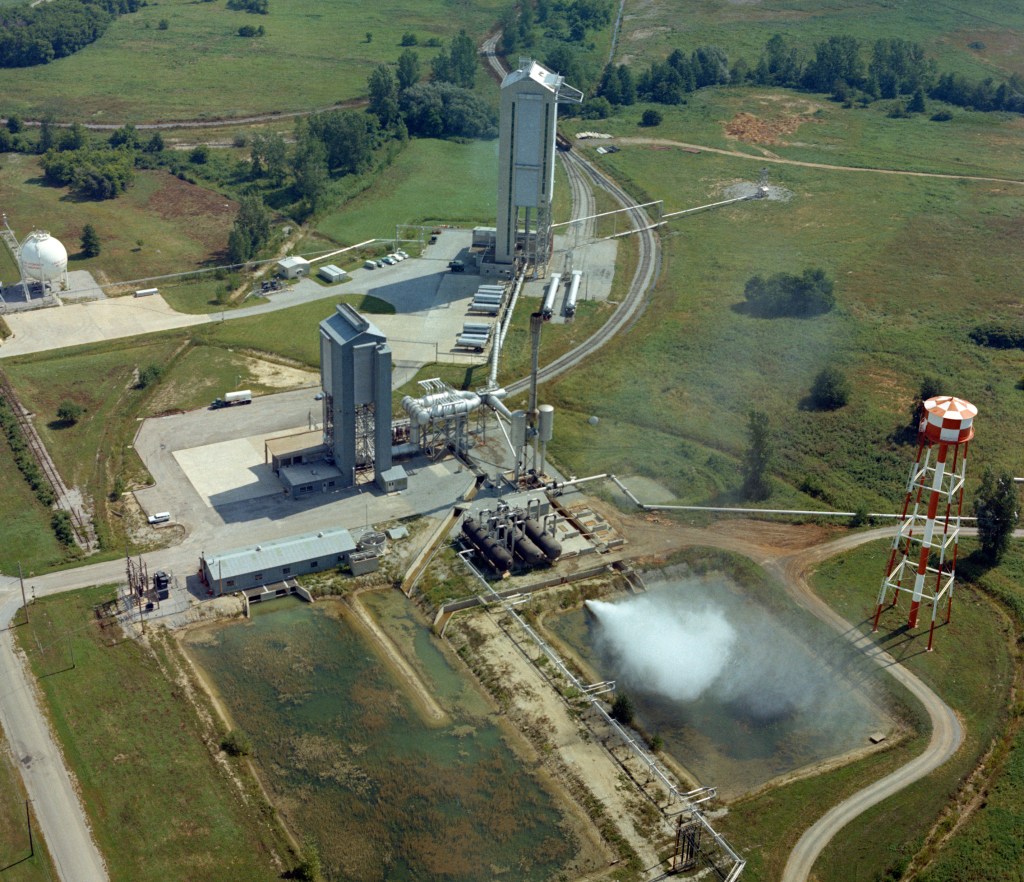
Center History Features
Featured Glenn History
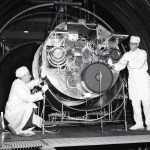
NASA’s SERT II: ‘A Genuine Space Success Story’

NASA Glenn Library has Provided Technical Resources for 80 Years
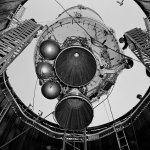
Glenn’s Legacy of Testing Spacecraft Spans from Apollo to Artemis

Rocket Lab Provided Nearly 75 Years of Propulsion Testing


